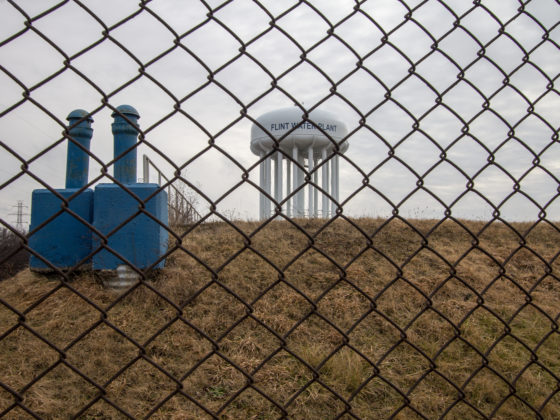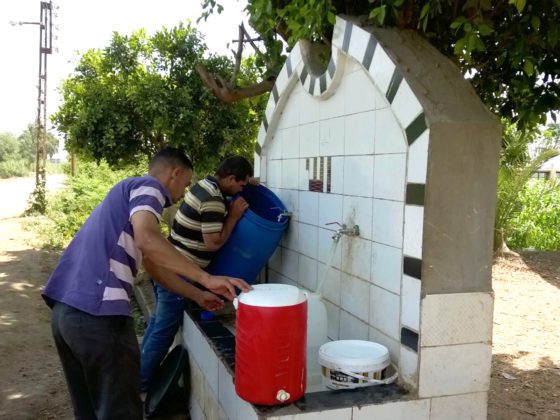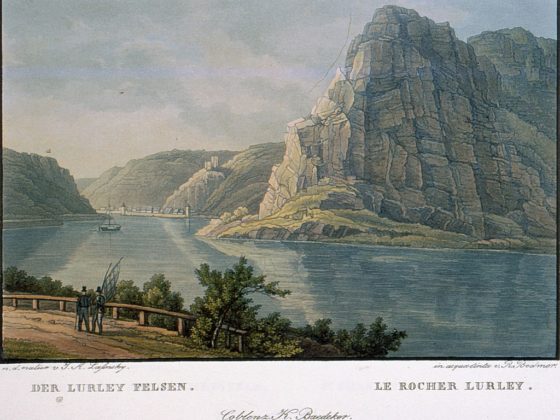Before studying at Darden, Ankur Pathak (MBA 2021) was an engineer traveling the world aboard massive oil tankers. His last ship was a product oil Panamax tanker that measured two soccer fields long and half a soccer field wide. It just fit through the Panama Canal. Pathak was responsible for the ship’s freshwater supply chain. As the Fourth Engineer on-board, he oversaw the seawater intake and desalination, and the recycling and discharge of wastewater, among other duties. Ankur talked to us about his experience on the high sea.
In a way, your ship was like a moving desalination plant. What difference is there between a sedentary desalination plant on land and one aboard a ship?
A sedentary desalination plant has the distinct advantage of foresight. It is scoped, planned, and built expressly for the purpose of desalinating water from its own very particular place, when possible throughout the year. Aboard a ship, on the other hand, especially one that travels all over the world and does not have fixed voyage routes, there are several dynamic factors, such as the temperature and seawater quality, that need to be taken into account and that vary by location.
Keep in mind that the primary purpose of on-board desalination is different from the purpose of an on-shore desalination plant. On-shore desalination is typically geared toward producing water for domestic or industrial use. While desalinated water is used for domestic purposes, in a ship it is primarily needed for the engine—to make steam and for cooling purposes. This makes for differences in how you desalinate. The potable water produced by an on-shore plant typically still contains quite a bit of salt (hundreds to sometimes over 1,000 parts per million [ppm] of salinity). A marine freshwater generator, on the other hand, produces far purer distillate (0 to 10 ppm of salinity), as this water is used in boilers to make steam and in closed-loop cooling systems for the main engine and generators. Too much salt content in a boiler will give way to salts in boiler tubes that lead to scaling and blisters or burn-outs of tubes.
Because of the low salt content requirement, marine freshwater generators do not use filtration systems. Instead, they desalinate seawater through the principle of vacuum distillation: in a vacuum, water can boil at lower temperatures. Reverse osmosis is increasingly used on passenger vessels that need vast quantities of fresh water for domestic use, but for most merchant ships, this desalination method is too expensive.
Moreover, to get a high purity of distillate, the changing characteristics of the environment—the quality of the seawater and the temperature—matter, as do the desalination plant temperatures in different chambers and the level of vacuum in the chamber. Since the heat required to raise the temperature of water to its boiling point comes from the main engine, the desalination plant temperatures are dependent on engine parameters that change frequently in congested waters, canals, and narrow passages. Therefore, where we desalinate matters. We cannot run our operation everywhere. For example, we don’t start the desalination within 20 nautical miles from shore, in congested waters, or in canals or rivers due to the high level of pollutants as well as the discharge or the effluents in the water. At all times, the water quality is meticulously monitored and adjusted to produce distilled water.
What’s more, there are many regions around the world where any discharge (other than seawater) from a ship is prohibited, either by the International Convention for the Prevention of Pollution from Ships (more commonly called MARPOL), or by local laws surrounding sovereign lands. Some regions where a ship cannot discharge grey and black water are the Great Lakes in North America, the Antarctic Sea, the Baltic Sea, and others. These restrictions make water use tricky, as a ship has limited capacity to store freshwater, and must in such instances also store all the grey and black water it produces.

You have a whole water cycle onboard where you recycle the water that you use. To what extent is this really a closed loop system?
The ship not only produces freshwater, it also recycles wastewater. The energy for producing fresh water comes from recuperating the heat from the main engine’s operations. We use a waste heat recycling system to heat the water at vacuum to above its boiling point.
During routine operation, the main engine emits excess heat and needs to be cooled down. This is done by circulating fresh water in the extremities (called jackets) of the firing cylinders. When water is circulated in the jacket, it heats up and needs to be cooled before it can be sent back to the main engine to repeat the cycle of cooling the engine down. The heated jacket water then flows to the desalination plant and is used as the main source of heat. This process not only provides the desalination plant with much needed energy, but also cools the engine down to the requisite temperature during operation.
Note that the freshwater generator is only fully operational when we are sailing at high seas and the engine is at full ahead (cruising speed). During long voyages, say through the Pacific Ocean, we have overflowing freshwater tanks. On the other hand, when a ship is at maneuvering speeds, within 20 nautical miles of land, or in muddy or congested waters, we are not producing freshwater. Owing to the fact that we are often at port, or traveling through rivers, congested water straits, and canals, the utilization of the desalination plant can vary considerably every voyage. When less water is produced, water can be rationed. Water for domestic use can sometimes be available for one hour a day, during which everybody is expected to fill their storage buckets/containers for the rest of the day.
Our ship’s freshwater generator had a throughput (amount of feed water input into the desalination plant) of approximately 3–3.5 metric tons of seawater per hour, so it produced on average 20–22 tons per day. Note that 70% of the throughput was pumped back out to sea, because the seawater feed is also used to carry the salt collected in the plant overboard.
A ship also recycles its used water. A ship’s sewage treatment plant usually operates on the principle of biological degradation. Hence, only toilet paper and approved cleaning and sanitizing solutions can be used, to avoid killing the bacteria that clean the wastewater. Due to this, not only are the ship’s crew trained to minimize water consumption, especially in water duress, but they also abide by stringent sewage treatment measures that are critical for the smooth operation of a ship’s freshwater cycle.





